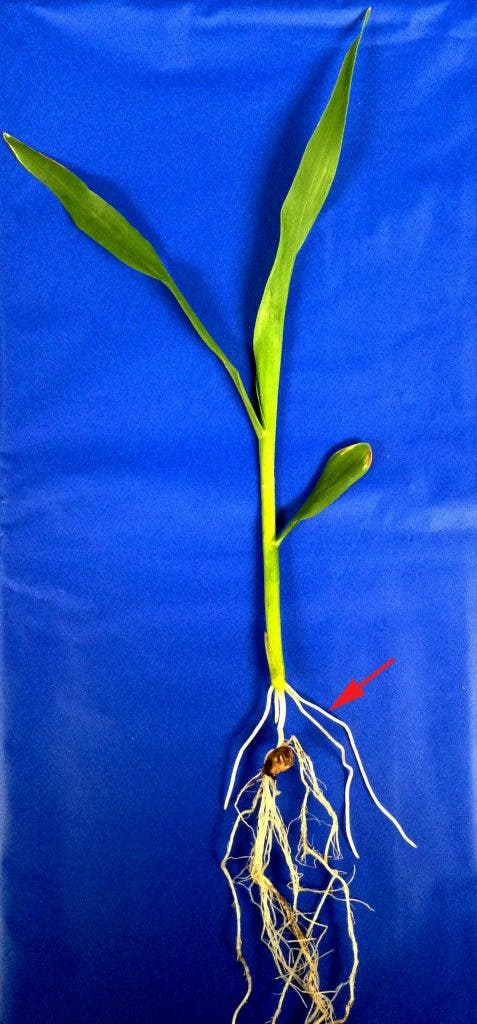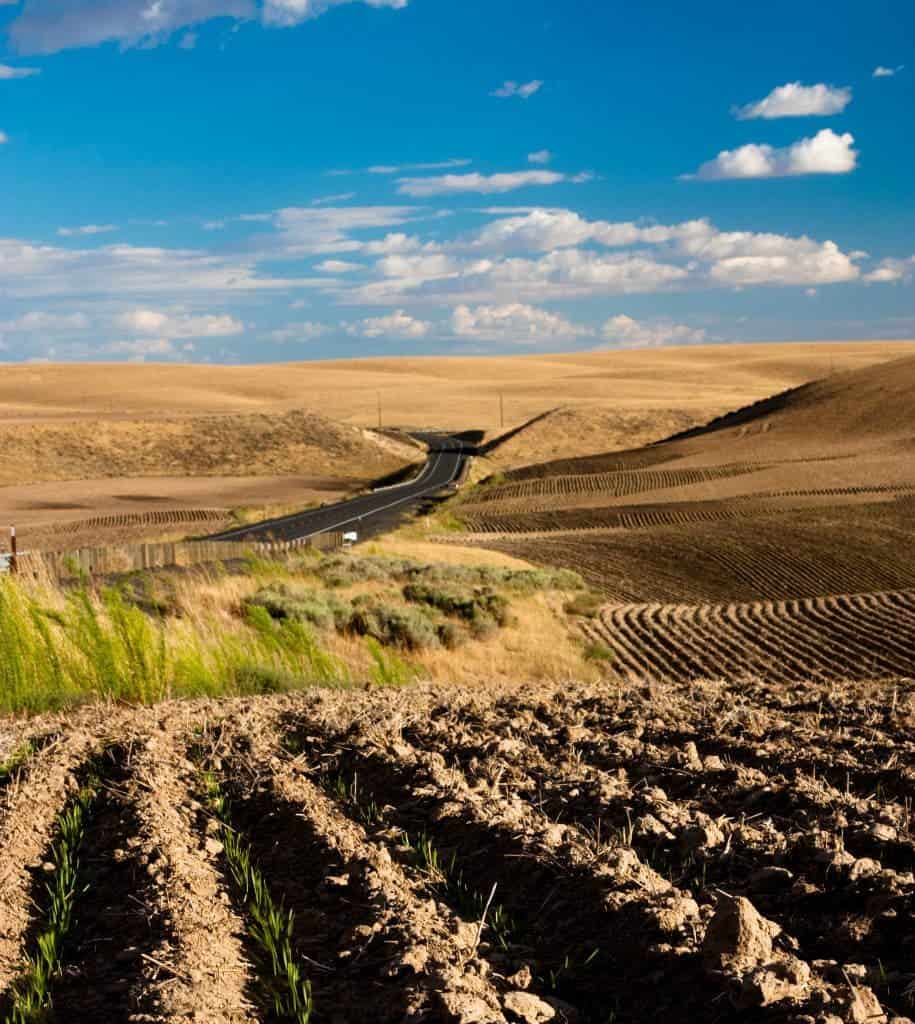A new study of plant roots found that grasses employ a type of “economic austerity” when confronted with drought conditions: the plants limit their root systems’ growth to preserve water in the soil. The discovery could potentially be used to improve crop yields.
The world’s population has been growing rapidly over the past few decades, and this trend is not going to stop any time soon (see this and this.) The last thing you would want in this scenario is a shortage of food — which is exactly what scientist expect will happen. Seeing this, researchers from Carnegie Mellon University published a paper aiming to understand how agriculturally valuable plants react to drought.
Plants draw most of their water from soil, through their roots. However, not all plants have the same kinds of roots — the study examined grasses, a family which include key species of plants including maize, sorghum and sugarcane. Grasses rely on crown roots to extract water, a type of root unique to this family, which grow down from the regions of the shoot at soil surface (an area known as the crown, hence the name.) The root system starts to form after sprouting and continues to develop throughout the plant’s life.

Maize seedling with crown roots beginning to grow from the base of the shoot (red arrow).
Image credits Jose Sebastian
“Crown roots are like the lanes of a highway connecting the suburbs to the city. As the plant grows, new lanes are added to this highway to increase the flux of water and nutrients from the soil to the shoot,” explains Jose Sebastian, post-doctoral fellow at the Carnegie Institution for Science, and lead author of the study.
The effect of drought on crown root development was poorly documented up to now, so researchers had no way of estimating how the plants would react to a hotter and drier climate. The team, led by José Dinneny, was able to prove that water shortages causes the grasses to suppress crown root growth.
Their results show that the crown is crucial for sensing water availability in the topsoil. If water is scarce, the development of crown roots is suppressed and the grass plant maintains a more limited root system, the team found.
“We normally think about roots as providing access to water, thus it was initially unclear why a plant would shut down root growth under drought,” Dinneny explained.
“We discovered, however, that this response allows the plant to slow the extraction of water from soil and bank these reserves for the future; sort of like the plant version of economic austerity.”
These “austerity measures” are only employed when water is scarce. If moisture is reintroduced into the soil, crown root growth is quickly resumed, so the plant can take advantage of all available water. The team also determined that this suppression is much less pronounced in domesticated grasses such as maize and millet than in wild varieties.
“This suggests to us that plant breeding has unintentionally affected these crop plants’ abilities to cope with drought,” Dinneny said.
Artificial selection or agricultural plants such as maize or other grassy crops aimed at tailoring crown roots’ response to drought could improve these plants’ productivity and preserve ground-water resources.
The full paper, titled “Grasses suppress shoot-borne roots to conserve water during drought” has been published online in the journal PNAS.










